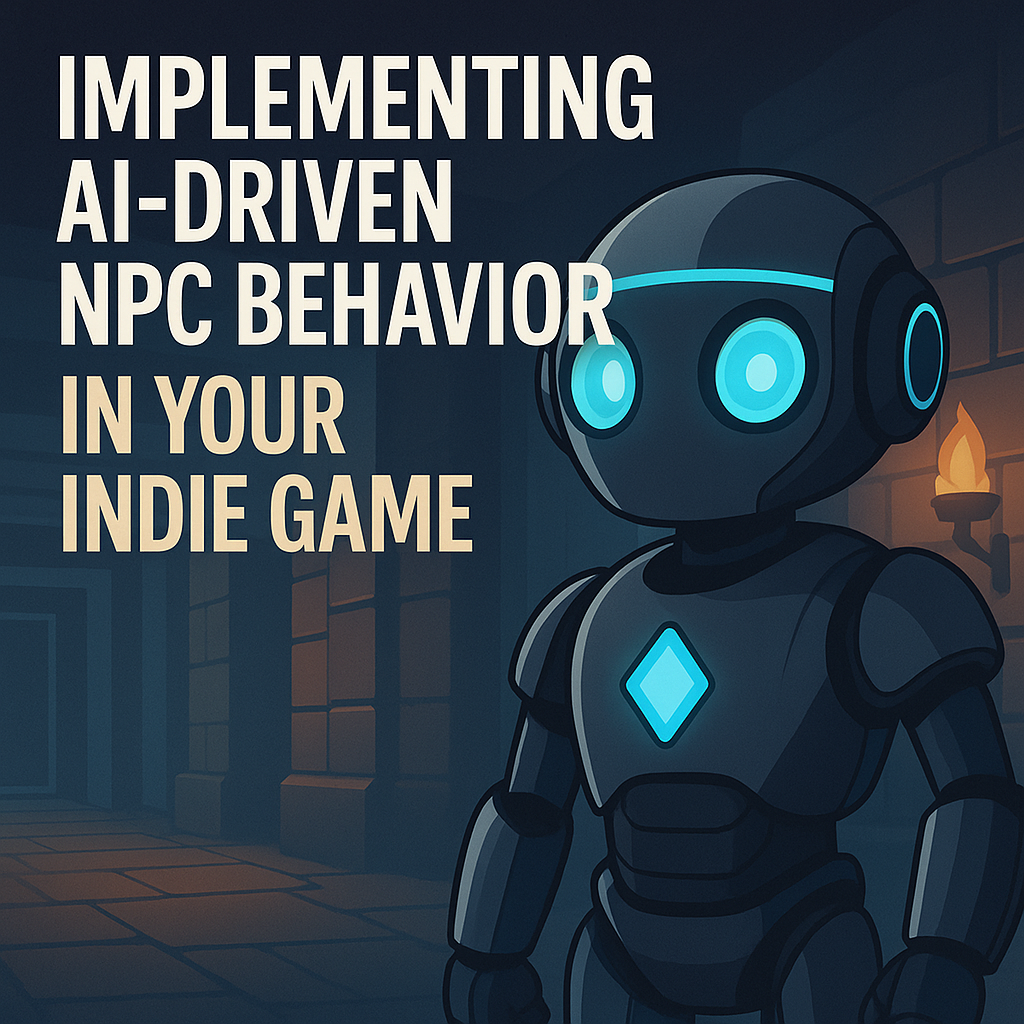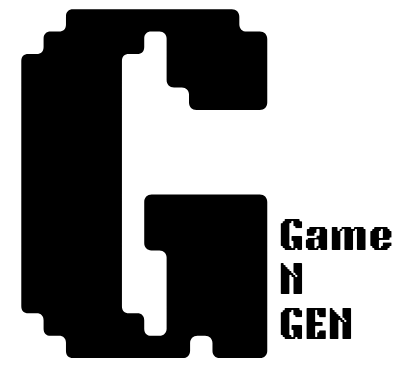🎮 Introduction: Why Smarter NPCs Are the Future of Indie Games
In 2025, players expect more than just pretty visuals and cool mechanics — they want intelligent, responsive characters that feel alive.
That’s where AI-driven NPC behavior comes in. Whether it’s a guard patrolling based on your stealth path, or an enemy adapting to your playstyle, AI is revolutionizing how non-playable characters (NPCs) behave in games — even in small indie titles.
This guide will show you how to use reinforcement learning (RL) and other AI tools to design smarter, more engaging NPCs — and yes, you don’t need a huge studio or GPU cluster to do it.

Table of Contents
🧠 1. What Is AI-Driven NPC Behavior?
NPCs traditionally rely on:
- Finite State Machines (FSM) – predictable, limited
- Behavior Trees – more scalable, but still rule-based
With AI-driven behavior, NPCs can:
- Learn from the player
- React to the environment
- Evolve over time using data or simulations
This shift allows NPCs to feel unpredictable yet believable, adding immersion and replay value to any game genre — especially stealth, RPG, or survival games.
🔁 2. Basics of Reinforcement Learning in Games
Reinforcement Learning (RL) is a type of machine learning where agents learn by interacting with the environment.
📚 Core Concepts:
- Agent: Your NPC or bot
- Environment: The game world
- Action: Choices the NPC makes (move, attack, hide)
- Reward: Points for good behavior (e.g., finding the player, avoiding damage)
The goal? Train the agent to maximize rewards over time, meaning smarter, self-taught behavior emerges through repeated play.
🎯 Real Game Examples:
- Unity ML-Agents – Used to train 3D agents for combat or racing
- OpenAI Five – Learned Dota 2 at a pro level
- Ubisoft Commit – Internal AI framework used for stealth pathfinding and crowd behavior
🛠️ 3. Tools & Frameworks You Can Use (Even as a Solo Dev)
You don’t need a PhD to implement AI in your indie game. Here are accessible tools and frameworks:
| Tool | Description |
|---|---|
| Unity ML-Agents | Train NPCs with RL, supports visual & vector observations |
| Godot RL Toolkit | Open-source library for RL agents in Godot Engine |
| TensorFlow + Python | Great for custom training workflows |
| Gym + Pygame | Build and simulate 2D agents in your own environments |
| Behavior3JS | Lightweight behavior tree tool for JavaScript games |
These tools let you train agents offline, then export the learned behavior into your actual game scene.
🧮 4. Use Case Example: Reinforcement Learning Reward Calculator
Let’s say you’re designing a stealth game, and you want guards to patrol smartly and hunt the player more effectively over time.
With our Reinforcement Learning Reward Calculator, you can:
- Assign rewards to smart behavior (e.g., “patrol complete +10,” “detect player +50”)
- Penalize unwanted actions (e.g., “get stuck -10,” “false alert -20”)
- Simulate multiple runs and export parameters
Over time, the guard learns to:
- Avoid dead ends
- Use hearing radius better
- Prioritize line of sight
🔗 Try it here → Reward Calculator Tool
⚖️ 5. Balancing Challenge and Fun with AI
Here’s the key: Just because your NPC is smart doesn’t mean it should always win.
Great AI isn’t about being unbeatable — it’s about being interesting.
Tips to Balance RL-Based NPCs:
- Add randomness to avoid repetitive behavior
- Cap intelligence (avoid superhuman precision)
- Use adaptive difficulty curves — train beginner-friendly agents separately
- Allow scripted overrides for storytelling or pacing
Think of AI as a partner in design, not a replacement for it. Let the system enhance player engagement, not frustrate it.
🧠 Bonus: What About Generative Models?
Aside from RL, you can explore generative AI models like:
- Transformer models for decision-making and dialogue
- GANs for dynamic skin/character generation
- Autoencoders for recognizing and replaying player paths
While still early, these models are pushing the limits of what’s possible — and indie devs are already experimenting with them.
⚡ Ready to Train Smarter NPCs?
Try our free Reinforcement Learning Reward Calculator and build your own AI behavior model today.
👉 Explore All Tools on GameNGen.Cloud
What is AI-driven NPC behavior?
AI-driven NPCs learn and adapt based on player actions and game states. Instead of fixed patterns, they react using algorithms like reinforcement learning. This creates more dynamic, immersive, and lifelike gameplay experiences.
How does reinforcement learning work in games?
Reinforcement learning (RL) trains NPCs by rewarding good actions and penalizing bad ones. The agent learns over time by maximizing total rewaHow can I prevent AI NPCs from becoming too difficult?rds. It’s ideal for evolving enemy tactics, pathfinding, or stealth behavior.
Can indie game developers use AI for NPCs?
Yes! Tools like Unity ML-Agents, TensorFlow, and Godot RL make AI accessible to solo and small teams. With smart design and basic knowledge, even indie devs can train intelligent NPCs without huge budgets.
How can I prevent AI NPCs from becoming too difficult?
Limit their accuracy, add randomness, and design difficulty scaling systems. Balanced AI keeps the game fun and challenging — not frustrating. Always test with real players and adjust rewards carefully.
